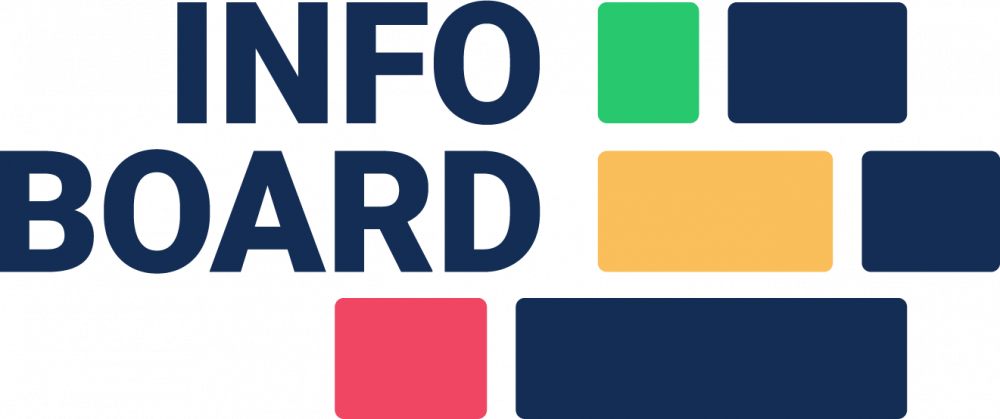If more team work is what you are looking for
Or in German: more planning boards synchronized with different departments. The aim is to accept the natural need for information on completions or expected completions.
In our YouTube video “Synchronize infoBoard Projects” it is shown and explained which options the clients have to do this.
Now, let’s analize the core of this need. Without doubts the transfer of tasks to another sector influences the planning of the following units. So, how would the ideal situation be? Everything proceeds according to a plan that however contains many possibe errors. I read not long ago that an office worker manages to keep concentrated for an average of only 4 minutes until the next disturbance / distraction. Data from real life prove the plan can be effective in the morning but not so much in the afternoon.
The German-speaking group of users now believes that with a plan that everyone can follow, it will be possible to achieve goals faster despite expected disruptions. The French-speaking group of people, on the other hand, believes that a plan can only have a basic structure and that delays are normal. For this reason the plan seems to not be able to work. C’est la vie?
So, again, where is the difference? Set goal – Create plan – Detect disruptions- Fix disruptions- Accept deviation – Achieve goal. Does the only difference lie in the handling of disruptions and acceptance of the time delay?
We have to involve the Japanese. Although in German it is possible to summarize many words together, what is not possible in French, we have a lack of inventive spirit, which the Japanese on the other hand manage very well in the organization sector with keywords. Also Americans have creativity in creating summary words. Example: Kaizen, TQM (Total Quality Management). These catchwords are called organizational systems and they of course include “everything”. The two languages have therefore dealt with the disruptions more than the Europeans. Disruptions are perceived with the aim of preventing them, eliminating them.
So does holistic thinking have an advantage over linear thinking? Yes, the larger the companies are, the more often occur systemic errors / disruptions. That’s why I read that quality is faster to introduce in small businesses than in large companies.
But hope is everywhere! and so is infoBoard.
